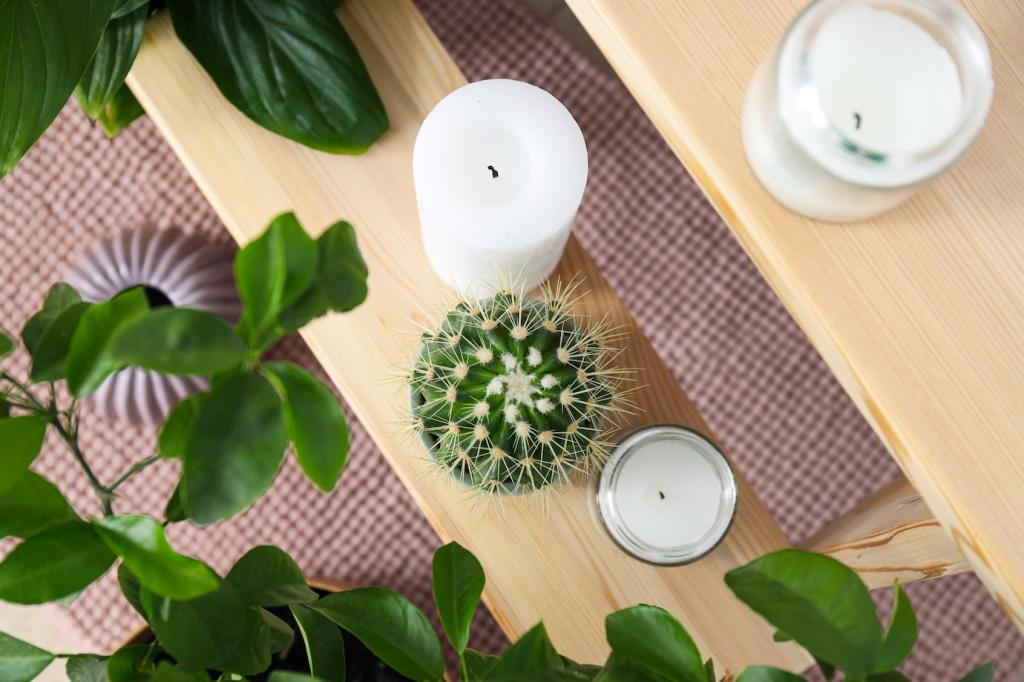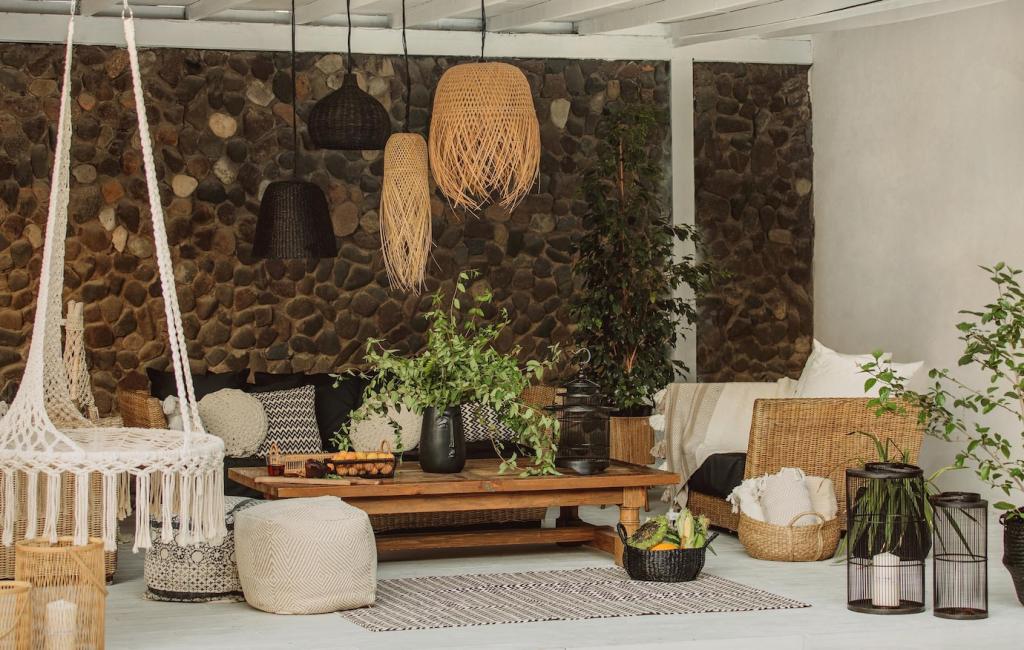The Big Players: LEED ID+C, WELL, BREEAM, and Green Star Interiors
LEED ID+C emphasizes materials with Environmental Product Declarations, low-emitting adhesives and coatings, efficient lighting, and construction IAQ management. Many teams appreciate its credit flexibility. Share your LEED wins or hurdles—what documentation step slowed you down most, and how did you solve it?
The Big Players: LEED ID+C, WELL, BREEAM, and Green Star Interiors
WELL focuses on air, water, nourishment, light, movement, thermal comfort, sound, materials, mind, and community. For interiors, it transforms daily experience. Tell us which WELL feature—lighting, acoustics, or materials—most changed how occupants felt in your project.




